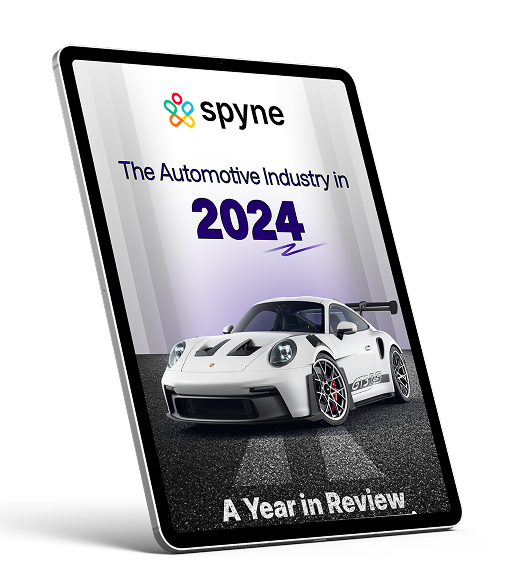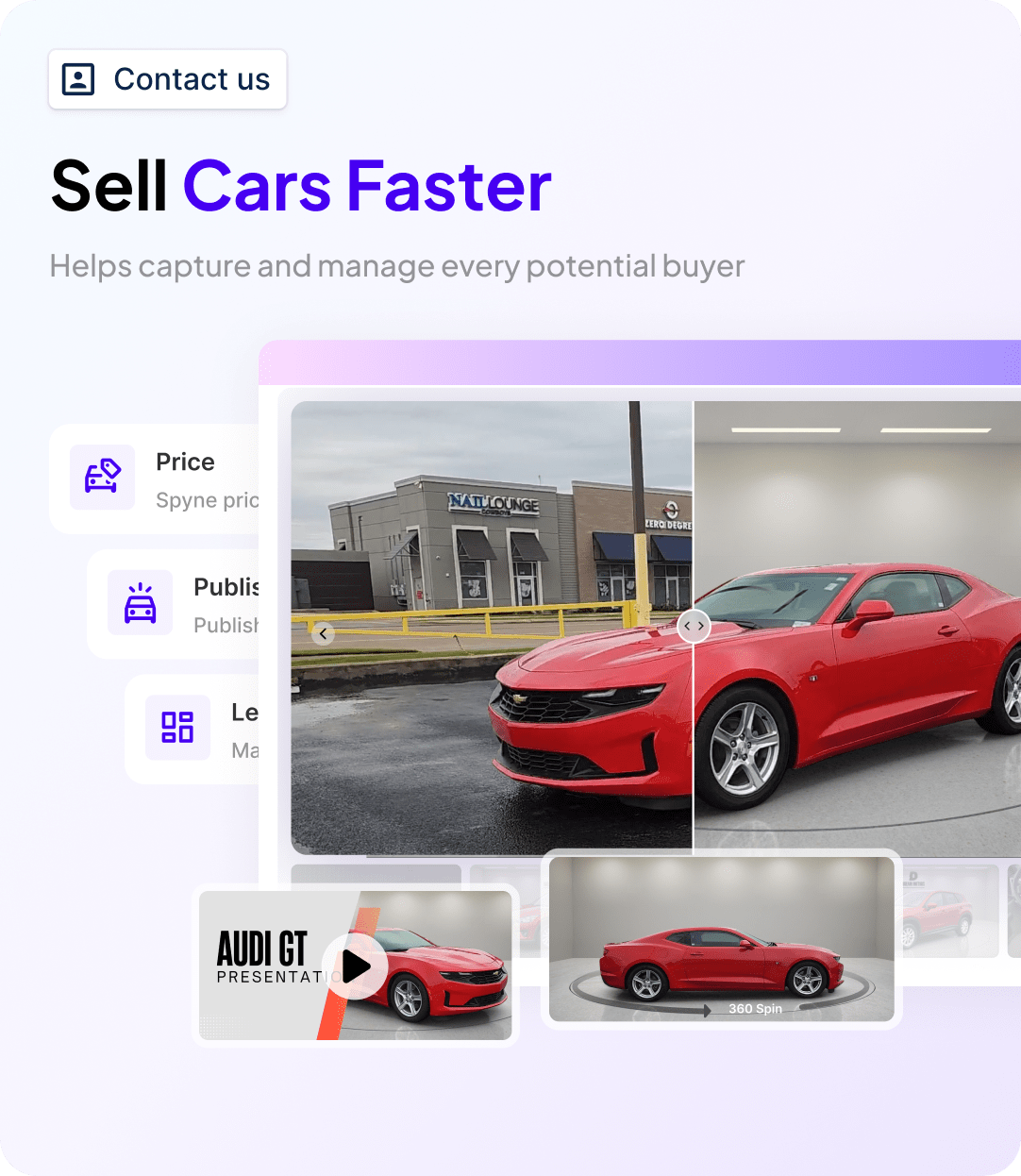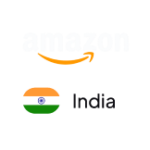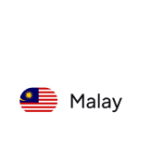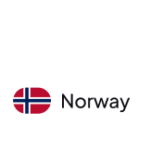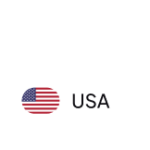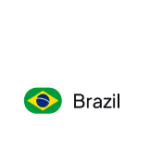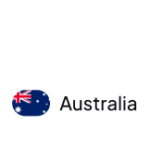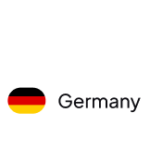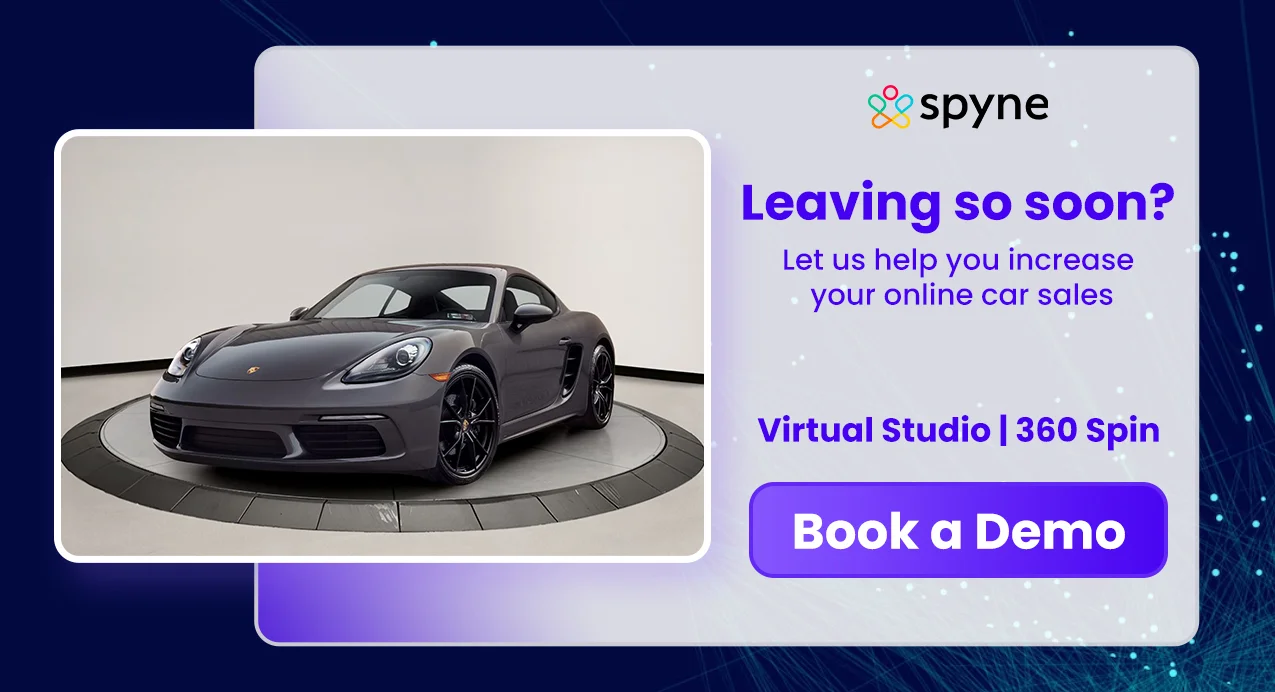License plate detection vs blur is more than semantics; it’s about identifying sensitive information versus actually hiding it. Detection spots license plate regions; blurring ensures they become unreadable. This blog breaks it down with detail and nuances, explaining why solutions like Spyne outperform generic blur tools.
What Is License Plate Detection vs Blur?
Detection refers to AI or computer vision models identifying and locating license plates in video or image frames, which produce bounding boxes around plate regions. Blurring is the subsequent step where these detected regions are pixelated or obscured. So the difference is clear: detection finds the plate; blur hides it. Without detection, blurring cannot be applied. Conversely, detection alone does not protect privacy unless followed by blur.
Multiple platforms offer detection, but you still need a blur stage for privacy. That’s why license plate detection vs blur often forms a two‑step workflow, especially in commercial video processing pipelines.
Why Blur License Plate?
Blurring plates matters because license plate data can be used to identify vehicle owners via public records or online VIN lookup services. When wondering why blur number plates, you should know that license plate numbers are seen as personally identifiable information (PII) and are considered under GDPR, CCPA, Brazil’s LGPD, Japan’s PIPA, and many more laws. Not blurring your or someone else’s number plate can lead to fines, complaints, or content takedowns on media platforms like YouTube.
If you are a brand or a content creator, failing to blur your license plate might lead to misuse. In contexts like car reviews, dealership catalogs, or dashcam footage, license plate blur demonstrates professionalism and assures compliance.
Technical Workflows: Detection First, Then Blur
A standard pipeline looks like this:
- Step 1: You can detect number plates using technical models such as CNN, YOLO, SSD MobileNet
- Step 2: For precise positioning, you can optionally refine detection using landmark detection.
- Step 3: Apply blur filter (Gaussian, mosaic/pixelation, or custom overlay).
- Step 4: Track over video frames to maintain blur consistency.
Without detection, blind blur cannot target precisely. Without blur, detection alone leaves sensitive data exposed. License plate detection vs blur workflows must integrate both steps seamlessly. Spyne’s platform combines strong detection and automatic blur/redaction in a unified flow, optimized for automotive content.
Spyne vs Blur Photo Tools: Specialized vs Generic
Most photo tools (or generic blur apps) let you blur license plates in images but they don’t support automated video workflows or track plates across frames. That’s where Spyne vs blur photo tools becomes critical.
- Generic blur tools: Designed for ad hoc blurring in still images; require manual masking or per-photo effort.
- Spyne: Purpose-built for bulk license plate blur in stills, video tours, and 360 spins. Spyne automatically detects plates in each frame and applies blur or replaces them with a branded overlay without the need for manual editing.
Thus, Spyne leaps ahead in speed, consistency, and integration when comparing Spyne vs blur photo tools.
Bulk License Plate Blur Workflows: Why It Matters
Handling one video or photo manually is manageable, but dealerships, media agencies, or large car marketplaces often process hundreds of files at once. That’s where bulk license plate blur becomes essential.
Spyne allows bulk uploads, automated detection, and unified export across entire vehicle sets. That eliminates hour-by-hour manual editing and ensures uniformity. In comparison, traditional workflows require manual tracking per frame or file, costly and error-prone. Spyne’s batch processing means scalable privacy compliance without extra effort.
Car Dealership License Plate Privacy and Spyne Integration
Car dealerships frequently share videos and photos of inventory. Without obfuscation, previous ownership details and plate numbers can leak, violating car dealership license plate privacy expectations.
Spyne integrates directly into dealership photo/video pipelines: upload footage or images, automatically detect and blur plates, optionally replace them with branded plate overlays, preview, and deliver. This ensures every visual shared online is compliant, professional, and privacy-safe. Spyne supports compliance with GDPR, CCPA, and similar regulations globally.
When Detection Isn’t Enough: Edge Cases That Demand Blur
Just detecting plates may not suffice in these scenarios:
- Reflections or glare making detection unreliable.
- Partially obscured plates (mud, shadows).
- Low-resolution or fast-moving videos where detection fails on some frames.
In these cases, you still must blur, even if detection occasionally misses. A robust system will flag uncertain detection and allow manual confirmation or broader blur coverage. Spyne’s system handles re-detections automatically, ensuring number plate blur remains consistent across varied conditions.
How to Blur Number Plate in Image vs Video
For images:
Use a still-image blur tool: upload photo, allow detection to identify number plate region, apply pixelation or gaussian blur, optionally overlay custom logo. Spyne’s still-image tool supports how to blur number plate in image workflows in bulk (e.g., entire catalog sets).
For video:
First detect plate per frame; then apply blur filter and track region across time. Spyne automates this complete pipeline, suitable for walkaround clips, dashcam captures, or virtual tours. Video blur becomes as simple as image blur, but with motion tracking built in.
In both modes, Spyne ensures consistent blur radius, style, and placement across all files and frames without manual input.
Best Practices for License Plate Detection vs Blur
- Upload videos in high resolution for accurate detection.
- Review final output to confirm blur hasn’t missed cycles or regained visibility.
- Choose blur style based on platform: mosaic for maximum anonymization, Gaussian for subtler aesthetics.
- When branding matters, use overlay options (logo or synthetic plate) instead of generic blur.
- Retain audit logs or processing metadata to document why blur license plate was applied.
Real‑World Applications: From Dashcams to Dealership Content
- Dashcam footage: Spyne blur workflows anonymize all license plates across vehicles captured in motion, which is ideal for vloggers or insurance users.
- Dealership virtual tours: Spyne auto-blurs inventory vehicle plates and can replace them with branding, fitting into CRMs or listing systems.
- CCTV or public surveillance: license plate detection vs blur is critical for lawful public broadcasts, especially to protect identities in CCTV scene sharing.
- Training datasets: platforms building autonomous driving datasets rely on synthetic plate replacement (instead of blur) for machine learning; Spyne offers both blur and synthetic replacement options in its redact vs blur license plate tools.
Conclusion: Choosing the Right Tool for Privacy and Compliance
As we have talked in the blog, the difference between license plate detection vs blur is not just technical, but also fundamental in protecting the owner’s privacy, meeting legal standards, and managing visual media in the automobile industry. Detection just highlights sensitive areas, but blurring can anonymize them.
If you are an automotive content creator, handling a dealership, or simply sharing footage online that has vehicles in it, relying on detection itself doesn’t cut it. You need a solution that can detect as well as blur number plates in videos and images. If the process is done accurately. Automatically, and at scale, it is even better.
That’s where Spyne stands out from generic blur photo tools. It’s purpose-built for car dealerships and vehicle-heavy workflows, supporting bulk license plate blur, seamless video tracking, and even custom plate replacements with your dealership’s branding. Whether you’re learning how to blur number plate in image files or need consistent privacy across video tours, Spyne simplifies everything.

